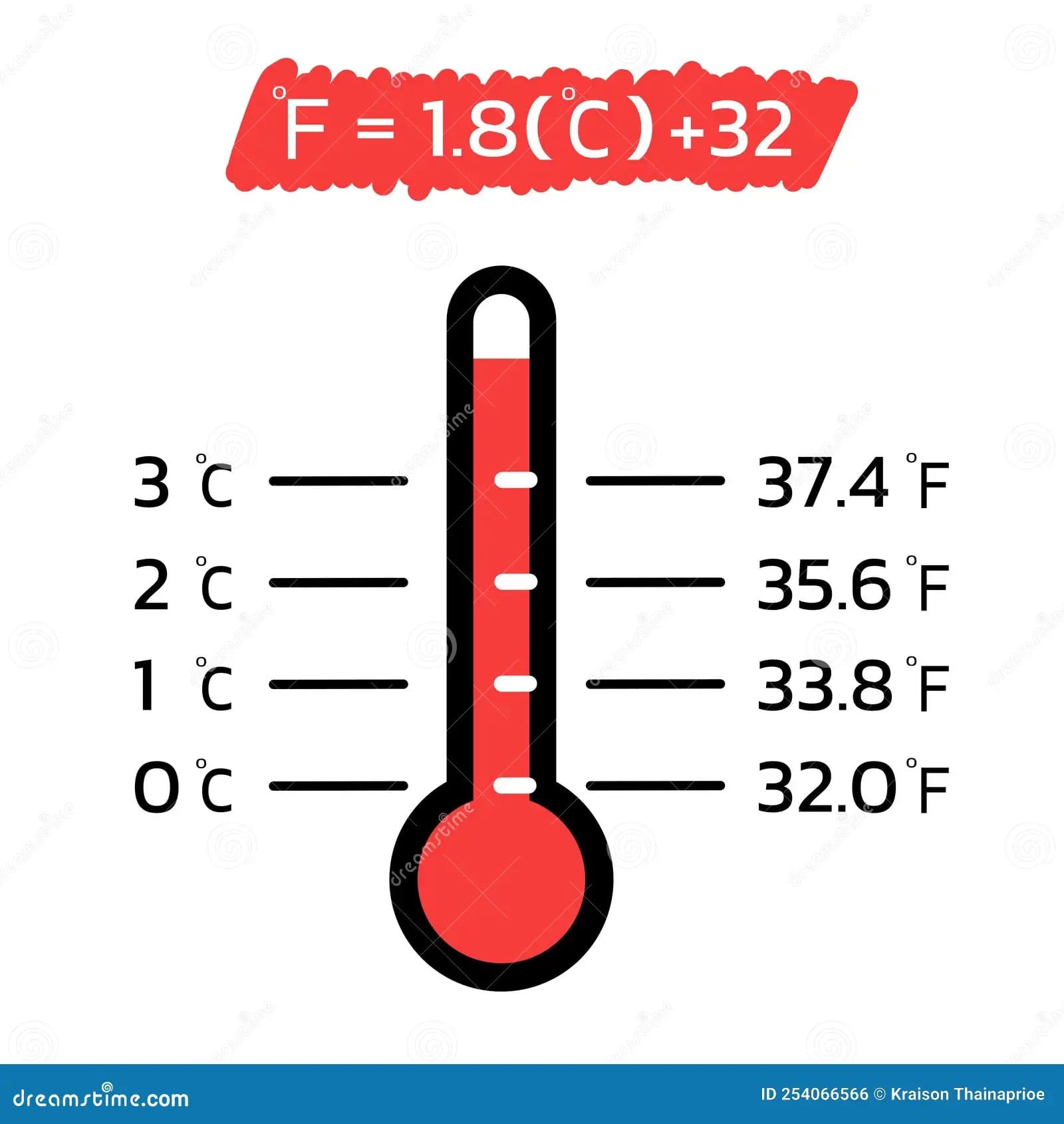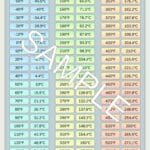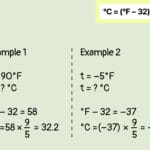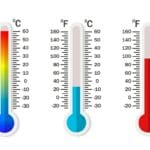Imagine a scorching summer day, the sun beating down with an intensity that makes you want to retreat to the shade. That’s the kind of heat we’re talking about with 53 degrees Celsius—a temperature that translates to a sweltering 127.4 degrees Fahrenheit! Whether you’re deciphering a weather report or tackling a recipe, understanding this conversion can be surprisingly useful.
Celsius to Fahrenheit: Cracking the Code
Celsius and Fahrenheit are like two languages for temperature. While Celsius is common in many parts of the world, the United States relies on Fahrenheit. To switch between them, a simple formula comes in handy:
°F = (°C × 9/5) + 32
Let’s plug in 53 degrees Celsius:
°F = (53°C × 9/5) + 32
°F = (95.4) + 32
°F = 127.4°F
But why is this important? Imagine following a recipe that uses Celsius, while your oven operates in Fahrenheit. Without the conversion, you risk a culinary disaster! Similarly, if you’re traveling to a country that uses Celsius on weather reports, knowing the Fahrenheit equivalent helps you pack the right clothes.
Here’s a quick reference for common temperatures:
| Celsius (°C) | Fahrenheit (°F) | Feeling |
|---|---|---|
| 0 | 32 | Freezing point of water |
| 10 | 50 | A chilly day |
| 20 | 68 | Room temperature |
| 30 | 86 | A warm day |
| 40 | 104 | Very hot weather |
| 50 | 122 | Extremely hot |
Easy Celsius to Fahrenheit Conversions
Converting Celsius to Fahrenheit doesn’t have to be a math problem! Whether you prefer a precise formula or a quick estimate, there’s a method for you.
The Formula (For When Precision Matters):
- °F = (°C x 9/5) + 32
The Quick Trick (For On-the-Go Estimates):
- °F ≈ (°C x 2) + 30
Key Temperatures to Remember:
- 0°C (32°F): Water freezes (or ice melts).
- 20°C (68°F): A comfortable room temperature.
- 40°C (104°F): Time to find some AC!
50 Degrees Celsius: Turning Up the Heat
Imagine a temperature so intense it could burn your skin—that’s 50 degrees Celsius, a scorching 122 degrees Fahrenheit! We’re talking about a heat more intense than a hot tub, approaching the point where you could brew coffee!
Experiencing this level of heat can be powerful, reminding us of nature’s extremes. Staying safe at such high temperatures requires careful precautions.
Is 53 Degrees Fahrenheit Cold?
53 degrees Fahrenheit (about 11.7 degrees Celsius) falls into that “in-between” zone where a light jacket is your best friend. It’s a temperature that often calls for layers, allowing you to adjust throughout the day.
Several factors influence how 53 degrees Fahrenheit feels:
- Your Recent Environment: 53°F will feel warmer after a cold spell and cooler after a heatwave.
- Sunlight and Wind: Direct sunlight can make 53°F feel pleasant, while wind can make it feel significantly colder.
- Humidity: High humidity can make 53°F feel colder because it prevents sweat from evaporating efficiently.
Ultimately, whether 53°F feels cold is subjective, depending on personal preferences and environmental factors.
If you’re curious about other temperature conversions:
- For insights on 99 degrees Fahrenheit to Celsius, check out 99f to celcius.
- Need to convert 47 degrees Celsius to Fahrenheit? 47c-to-fahrenheit provides a reliable conversion.
Key Points:
- Celsius and Fahrenheit are different temperature scales.
- To convert Celsius to Fahrenheit, use the formula: °F = (°C × 9/5) + 32
- 53 degrees Celsius is equivalent to 127.4 degrees Fahrenheit.
- This conversion is used to interpret temperatures when traveling or cooking with different measurement systems.
- Common temperature conversions and their general descriptions:
- 0°C (32°F): Freezing point of water
- 10°C (50°F): Chilly day
- 20°C (68°F): Room temperature
- 30°C (86°F): Warm day
- 40°C (104°F): Very hot weather
- 50°C (122°F): Extremely hot
- Unveiling Bernhard Caesar Einstein’s Scientific Achievements: A Legacy in Engineering - July 15, 2025
- Uncover who is Jerry McSorley: CEO, Family Man, Business Success Story - July 15, 2025
- Discover Bernhard Caesar Einstein’s Scientific Contributions: Unveiling a Legacy Beyond Einstein - July 15, 2025















